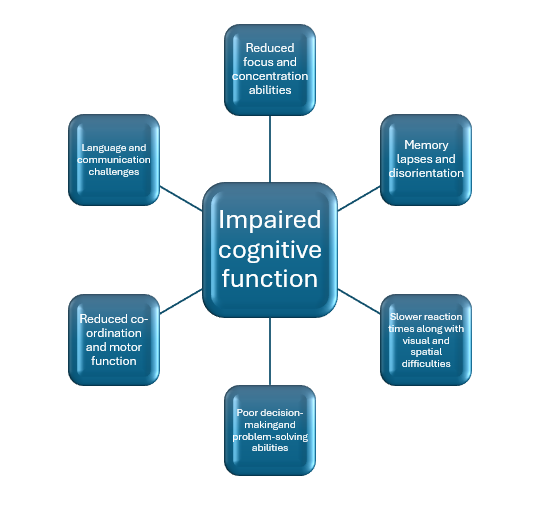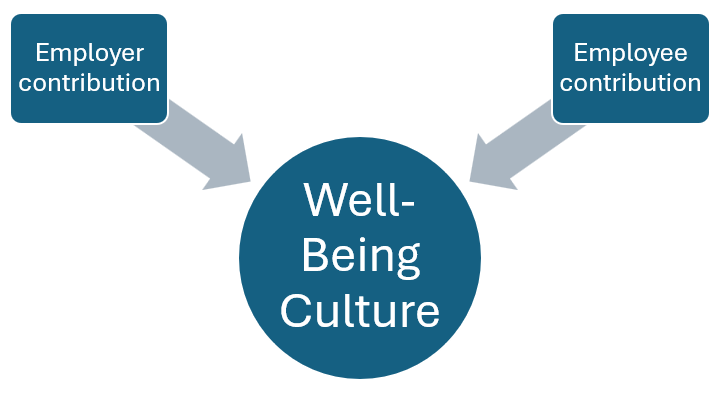Workplace fatigue is a prevalent issue that can have serious consequences on both employees and organizations.
This article explores the causes of workplace fatigue, such as long work hours and high workloads, and discusses strategies for identifying and addressing fatigue in the workplace.
Stats and Facts
- The Oxford Dictionary defines fatigue as “Lassitude or weariness from either bodily or mental exertion.”
- Approximately 40% of Australian workers experience fatigue-related symptoms at least once a month.
- Fatigue contributes to an estimated 15% of workplace accidents in Australia each year.
- The cost of fatigue-related productivity losses in the Australian workforce is estimated to be around $5 billion annually.
- A comprehensive fatigue management program can reduce fatigue-related incidents by up to 50%.
- Implementing adequate rest breaks during shifts has been shown to increase worker productivity by 25%.
What Is Workplace Fatigue?
Workplace fatigue refers to the state of physical or mental tiredness or exhaustion experienced by workers due to prolonged periods of work or poor sleep quality. It can impact an individual’s ability to perform tasks efficiently and can pose significant risks to both the employee and the workplace.
Risks Of Workplace Fatigue
The risks associated with workplace fatigue are multifaceted, encompassing:
- Impaired cognitive function,
- Decreased productivity levels,
- Increased susceptibility to accidents, and
- Negative impacts on mental health.
These risks can not only affect the individual worker but also have broader implications for the overall safety and efficiency of the workplace.
Impaired Cognitive Function
Impaired cognitive function due to workplace fatigue can manifest in a number of ways including:

When an individual’s cognitive abilities are compromised by workplace fatigue, tasks that require intricate planning or attention to detail may suffer. For instance, in professions like healthcare, a nurse experiencing cognitive impairment due to long shifts and lack of rest might overlook critical patient information or make medication errors.
Decreased Productivity
Workplace fatigue can result in decreased productivity levels as tired employees may struggle to concentrate, complete tasks efficiently, or maintain consistent output, ultimately affecting the overall performance and efficiency of the organization.
Increased Risk of Accidents
Employees experiencing workplace fatigue are at a higher risk of being involved in accidents or incidents, as fatigue can impair coordination, reaction times, and situational awareness, leading to a higher likelihood of workplace mishaps.
These fatigue-induced errors can result in serious consequences, including:
- Injuries to themselves,
- Injuries to other co-workers,
- Damage to equipment or property, and
- Even environmental hazards.
Negative Impact on Mental Health
Workplace fatigue can have a detrimental impact on the mental health of employees, contributing to increased stress, anxiety, depression, and burnout, which can further exacerbate fatigue levels and create a cycle of poor mental well-being.
This not only affects the individuals but also puts a strain on overall productivity and workplace dynamics.
Addressing workplace fatigue
Addressing workplace fatigue requires a multifaceted approach that involves both employees and employers in fostering a culture of well-being.

Open communication channels where employees feel comfortable discussing their struggles can help in early identification and intervention of mental health issues related to workplace fatigue.
Prioritising employee well-being and creating a supportive environment can help organisations proactively mitigate the adverse effects of workplace fatigue on mental health.
Causes Of Workplace Fatigue
Several factors contribute to workplace fatigue, including:
- Extended work hours,
- Inadequate or poor-quality sleep,
- Excessive workloads and demands, and
- The performance of repetitive or monotonous tasks.
Other factors that can lead to or exasperate workplace fatigue include high levels of stress or emotional strain, shift work / irregular work schedules or environmental conditions such as poor lighting, excessive noise, or uncomfortable temperatures.
Conducting Fatigue Risk Assessments
To mitigate risks, organisations can conduct comprehensive fatigue risk assessments to identify potential sources of fatigue, evaluate existing control measures, and develop targeted strategies to mitigate fatigue risks before they impact employee health and performance.
Data collection is a crucial step in accurate fatigue risk assessment completion. Organisations can gather information that contribute to fatigue such as:
- Work schedules,
- Sleep patterns,
- Workload, and
- Environmental factors.
Following data collection, analysis should be conducted to pinpoint areas of concern and prioritise interventions. Collaboration between management, employees, and health and safety professionals plays a key role in devising effective solutions that address fatigue risks holistically.
Addressing Workplace Fatigue
Successful fatigue management programmes often involve educating employees on the importance of:
- Proper nutrition,
- Sleep hygiene,
- Mental health indicators,
- Hydration, and
- Physical activity.
There are a wide range of strategies employers can implement to address workplace fatigue. Strategies can be:

In high-risk industries such as healthcare and transportation, fatigue management programs have seen great success by incorporating fatigue monitoring technologies that track workers’ fatigue levels in real time. By utilising data-driven insights, companies can proactively adjust schedules and workloads to minimise fatigue-related errors and accidents.

Breaks and Rest Periods
Ensuring employees receive sufficient breaks and rest periods throughout their workday is essential for combating workplace fatigue. Regular intervals of rest allow individuals to recharge, refocus, and maintain optimal performance levels while reducing the cumulative impact of extended work hours.
READ Navigating the Waters of WHS Consultation in Australia: A Comprehensive Guide
Implementing structured break schedules not only benefits employees’ physical and mental well-being but also significantly enhances overall productivity. By incorporating short breaks between tasks or incorporating longer rest periods during the day, organisations can ensure a more energised and focused workforce.
Flexible Work Arrangements
Introducing flexible work arrangements, such as telecommuting, flexible hours, or job sharing, can help mitigate workplace fatigue by allowing employees to adapt their work schedules to better align with their personal needs, preferences, and energy levels, fostering a healthier work-life balance.
When employees have the flexibility to choose when and where they work, they are more likely to feel enabled and in control of their daily routines. This sense of autonomy can lead to increased job satisfaction and reduced stress levels, ultimately contributing to improved overall well-being.
WHS Laws
Workplace health and safety laws in Australia play a essential role in addressing workplace fatigue by stipulating guidelines, regulations, and standards that organisations must adhere to in ensuring the health, safety, and well-being of employees in the workplace.
One key provision in these laws relates to the responsibility of employers to identify and manage risks associated with fatigue. Employers are required to implement strategies to prevent fatigue, such as:
- Providing adequate breaks,
- Scheduling reasonable work hours, and
- Ensuring employees have sufficient rest periods.
Employment Contracts and Awards
Employment contracts and awards in Australia often contain provisions related to workplace conditions, working hours, rest breaks, and fatigue management, outlining the rights and responsibilities of both employers and employees in addressing workplace fatigue issues.
These contractual agreements serve as important documents that set the framework for how fatigue risks are managed within the workplace. They typically include clauses that specify the maximum allowable working hours per day or week, mandatory rest periods between shifts, and guidelines on managing employee fatigue during demanding tasks.
Key Takeaways
With fatigue contributing to a significant portion of workplace accidents and productivity losses, it is crucial for organizations to implement effective fatigue management programs. By addressing the root causes of fatigue and developing a culture that prioritises employee health, employers can reduce the risks associated with fatigue.
FAQ’s
What is workplace fatigue?
Workplace fatigue refers to a state of mental or physical exhaustion that can occur due to prolonged periods of work or inadequate rest.
What are signs and symptoms of workplace fatigue?
Some of the common signs and symptoms of workplace fatigue include:
- Tiredness,
- Difficulty concentrating,
- Irritability,
- Headaches, and
- Muscle weakness.
What are the legal obligations for managing workplace fatigue?
Under Australian law, employers have a duty of care to ensure the health and safety of their employees. This includes managing workplace fatigue by implementing strategies to prevent and address fatigue in the workplace. Failure to do so can result in legal consequences for the employer.
Sources and Resources
- safeworkaustralia.gov.au – Guide for managing the risk of fatigue at work
- workhealthyaustralia.com.au – Managing fatigue in the workplace
- betterhealth.vic.gov.au – Fatigue fighting tips
- Understanding the Impact of Fatigue in the Workplace in Australia
- Assessing Fatigue Risks in the Workplace in Australia
- Strategies for Managing and Preventing Fatigue in the Workplace in Australia
- Monitoring and Reviewing WHS Fatigue Policies for the Workplace in Australia








